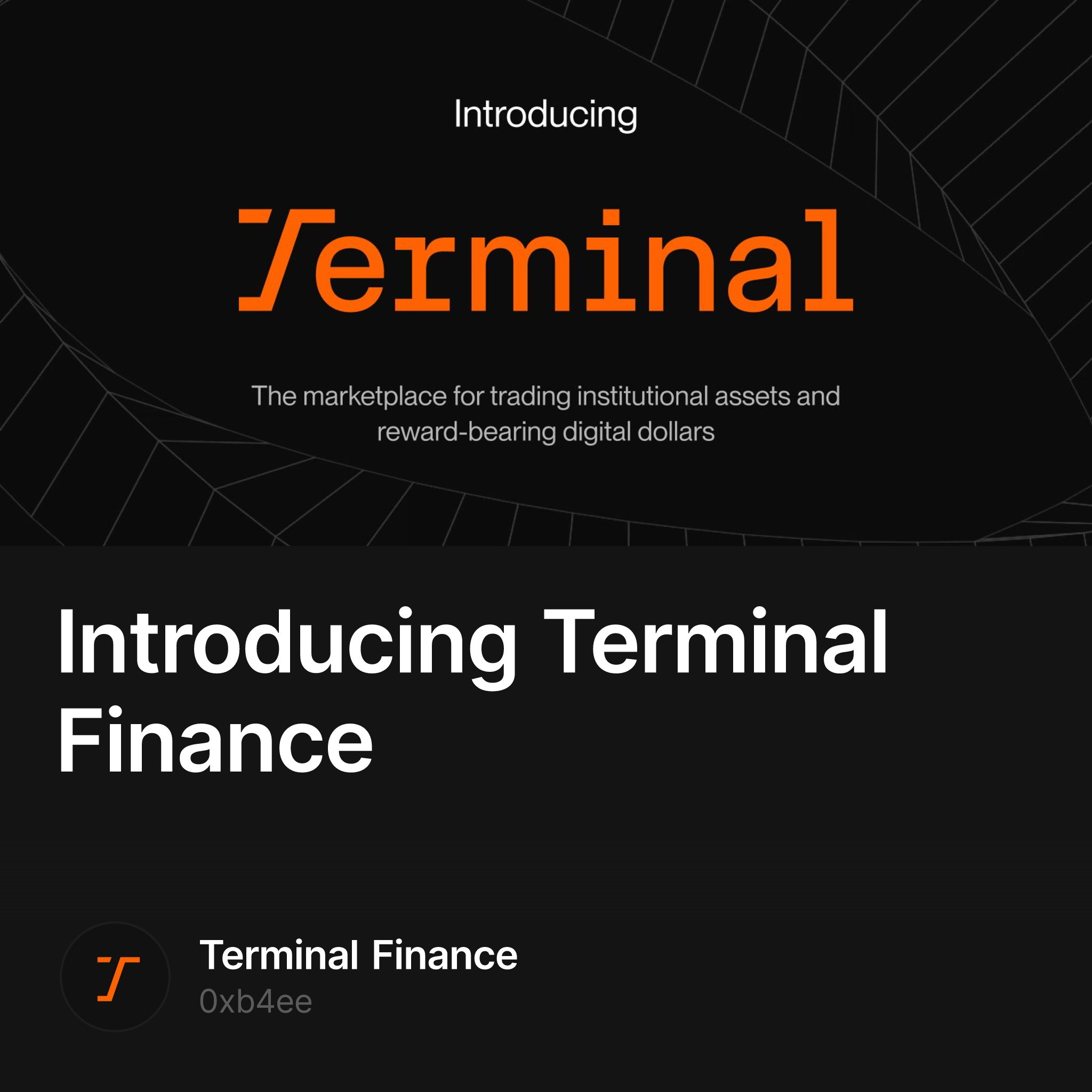We’d like to thank the following people for their valuable contributions to the early discussions and design of Terminal Finance: Nick (Ethena Labs), Ben (Curve), Andre (Sonic), Marc (ACIAAVE), Durden (Lifinity), Kento (UXD) and others.
The Institutional Case for Yield-Bearing Stablecoins
Stablecoins are evolving. Yield-bearing assets are rapidly gaining market share as crypto participants — and increasingly institutions — seek stable digital dollars that natively generate return. As these actors enter the space, yield-bearing stablecoins are becoming part of the core infrastructure for storing and using on-chain dollars.
Over the past year, the market cap of this asset class has grown by >500%, with Ethena and Spark now representing over $10 billion in total circulating value.
Additional players have also become active in this segment, with Circle introducing a reward-bearing version of USDC within Coinbase Wallet and Aave actively working on a new iteration of GHO.
At the forefront of this shift is Ethena’s USDe, becoming one of DeFi’s and CeFi’s most widely adopted assets:
-
3rd largest USD asset — $6B+ supply in just a year.
-
Fastest USD asset to reach $5B supply in crypto history.
-
sUSDe represents 50% of the total USDe supply.
-
$300M+ in revenue — 2nd fastest crypto startup to reach $100 million in revenue.
Now, Ethena is expanding its vision by developing Converge, the settlement layer for TradFi and digital dollars, in collaboration with Securitize.
Beyond passive return, yield-bearing stablecoins are unlocking a new paradigm for institutional trading — where liquidity can earn, compound, and scale across markets.
Problems
-
Lack of Secondary Market Liquidity
One of the key challenges in the current landscape is the thin liquidity available on secondary markets for yield-bearing stablecoins, making large trades impractical. For instance, in March 2025, the market could only absorb $6M in USDe sales before experiencing a 4% price impact, leading Aave to hard peg USDe to USDT to manage risks. -
Capital Inefficiency
Swapping interest-accruing stablecoins for other assets leads to friction in capital flows — especially for institutions that require seamless, large-scale conversion.
To convert sUSDe to USDe at scale, market participants are subject to Ethena’s redemption mechanism and its 7-day waiting period, making it unworkable for active institutional strategies. -
Impermanent Loss
In automated market makers (AMMs), yield accrual causes impermanent loss — which, in the case of yield-bearing stablecoin pools like sUSDe/USDT, is permanent due to the positive yield. This creates a structural disincentive for providing liquidity in meaningful size. -
Absence of a liquidity layer
The upcoming Converge chain does not include a native liquidity protocol, creating barriers for capital deployment and project launches within the ecosystem.
Without a dedicated market infrastructure, institutional asset trading on Converge stands as fragmented.
Solution
We believe the market needs a place where yield-bearing stablecoins can be traded efficiently while preserving their unique benefits — including at institutional scale.
That’s what Terminal Finance aims to do.
-
Marketplace for institutional asset trading
Terminal Finance is a spot decentralized exchange designed with the needs of institutional trading in mind. It supports the exchange of reward-bearing assets, a familiar concept in TradFi where income-generating instruments are widely used. By combining concentrated liquidity with a refined yield-management model, it intends to offer deep liquidity. -
sUSDe at the core
On Terminal Finance, yield-bearing assets are managed as redeemable wrappers that accumulate returns over time. In the case of sUSDe, the wrapper inflates as yield accrues, ensuring 1 redeemable token remains equivalent to 1 USDe.
This design enables pools to earn sUSDe yield passively without deviating from dollar parity, allowing sUSDe to reliably serve as the protocol’s base currency. -
Yield-Skimming
Terminal Finance pools are structured to mitigate price drift and impermanent loss by skimming the accrued yield. This preserves liquidity while enabling savings on digital dollars to keep growing — a feature particularly relevant for those managing capital over longer horizons (an upcoming Mirror post will focus on this). -
Liquidity Hub
Terminal Finance acts as the main venue for trading and liquidity on Converge, offering permissionless access to swap assets and supply capital. In parallel, a permissioned product will be made available to support institutions — with the infrastructure needed for larger trades, tokenized assets, and regulatory considerations.
Deploying on Converge
The disparity between TradFi, CeFi, and DeFi interest-rate markets highlights the need for a TradFi-oriented chain — aligning them could unlock significant opportunities. We’ve already seen this disparity play out when sUSDe launched on Aave.
At the time, sUSDe was yielding 25% in CeFi while DeFi rates sat around 10%.
That led to a rapid $1B TVL growth within days, as users borrowed cheap dollars in DeFi to capture the CeFi yield — a clear-cut 1500 basis points arbitrage.
But the same disconnect exists at an even larger scale between TradFi and DeFi.
In TradFi, capital can often be sourced at SOFR + 100bps, while sUSDe can offer >15% return. This kind of spread is unsustainable long term, and a TradFi-integrated chain like Converge is what enables that gap to compress — by making these arbitrage loops executable and scalable.
A liquid secondary market around sUSDe will play a key role in that process by allowing capital to move freely across TradFi, CeFi, and DeFi — unlocking the arbitrage opportunities that drive rate convergence in the first place.
Just as importantly, it sets the foundation for institutional asset trading where stable, yield-bearing primitives can be used as base collateral to transact across tokenized real-world assets, crypto pairs and other emerging on-chain instruments.
Converge, backed by Securitize and Ethena, is uniquely positioned to onboard institutional capital into digital markets — and Terminal Finance is here to build its liquidity layer.
The Terminal Finance team will continue sharing detailed updates as we roll out key milestones in the coming weeks. In the meantime, feel free to follow us on X and join our Discord & Telegram for early updates on how you can support Terminal and get involved as an early user.

